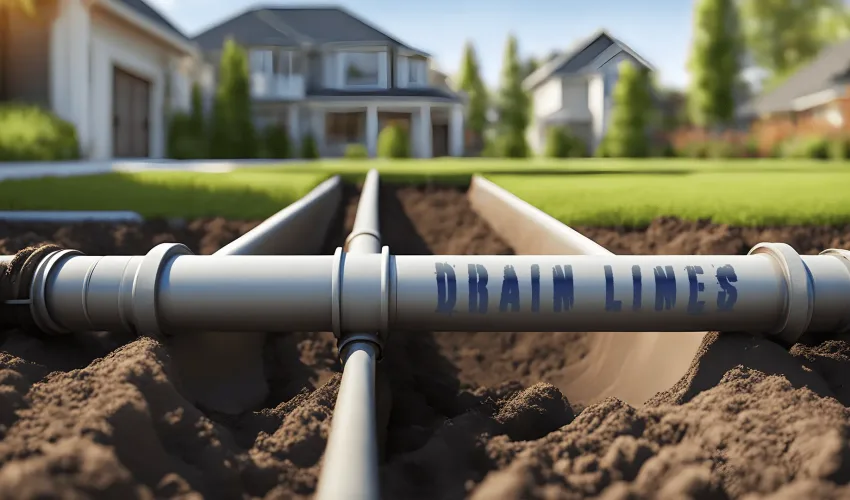
Understanding The Drain Relining Systems: What Is It All About?
There are various factors that contribute to the strength and durability of our homes, and the draining system is one of them. The drainage system serves as a founding structure of our homes, facilitating hygiene and cleanliness around us. However, it’s essential to maintain a proper drainage system to ensure optimal functionality and safety.
Drain relining systems have emerged as a revolutionary technique for addressing issues without resorting to extensive excavation in sewer and drain pipe maintenance. The drain relining Sydney became popular because of its cost-effectiveness, efficiency, and minimal disruption compared to traditional pipe replacement methods.
In this article, we shall explore everything about the drain relining system, so continue reading.
Components Of Drain Relining Systems
- Liner Material
The drain relining system employs flexible liners crafted from epoxy resin, polyester, or fiberglass materials. These liners possess the crucial ability to conform to the shape of the existing pipe, ensuring a snug fit and effective reinforcement.
- Resin and Catalysts
The cornerstone of drain relining lies in applying resin, typically epoxy, combined with catalysts. This concoction initiates the hardening process upon insertion of the liner, forming a durable and impenetrable barrier within the pipe.
- Inflation Equipment
Specialized tools, including inversion drums or bladder systems, facilitate the insertion and inflation of the liner within the pipe. This inflation process ensures proper liner adherence to the pipe’s interior surface, enhancing its structural integrity.
Process Of Drain Relining
- Inspection
The contractors from Total Relining Solutions begin the drain relining process with a meticulous inspection of the pipe using advanced diagnostic tools. This step allows for the precise assessment of damage and the determination of the suitability of relining as a remedial measure.
- Preparation
Thorough cleaning and clearing of the pipe before relining are imperative to ensure optimal liner adhesion. High-pressure water jetting or mechanical cleaning equipment is employed to remove debris and obstructions, preparing the pipe for the subsequent relining process.
- Liner Installation
The flexible liner, soaked with resin, is delicately put into the pipe using specialized equipment. Once in place, the liner is inflated to adhere to the original pipe’s shape, thereby sealing up any faults or weaknesses.
- Curing
Following inflation, the resin within the liner undergoes a curing process to solidify and reinforce the newly formed lining. The duration of this curing period varies depending on factors such as resin type and curing method, ensuring optimal performance and longevity of the relined pipe.
- Final Inspection
Upon completion of the curing process, a comprehensive inspection is conducted to verify the integrity of the relined pipe. This final assessment ensures that the repair meets stringent quality standards and guarantees the reliability of the drainage system.
Conclusion
Drain relining Adelaide represents a transformative approach to sewer and drain pipe maintenance, offering a synergistic blend of cost-effectiveness, efficiency, and durability. By circumventing the need for extensive excavation and disruption, drain relining delivers a minimally invasive yet highly effective solution to common pipe-related problems, ensuring the longevity and reliability of drainage systems for years to come.








